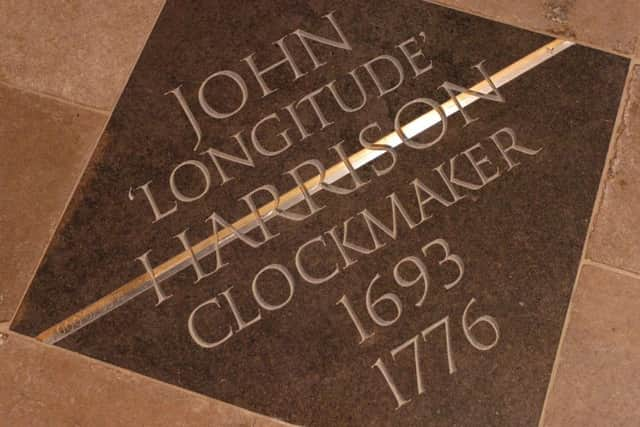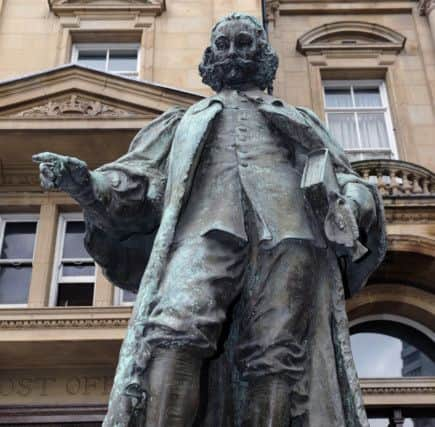Leeds nostalgia: Exhibition to mark 300 years since invention of marine chronometer


It was invented in 1717 by John Harrison (who was born on March 24 1693 and remarkably died on the same day in 1776), in response to a competition launched in 1714. He was born on the Nostell Priory estate and worked as a carpenter. The estate is home to one of his first long clocks, built in 1717 and which still draws people from all over the world.
An exhibition to celebrate the invention began on Saturday March 25 and will run until Sunday October 29.
Advertisement
Hide AdAdvertisement
Hide AdVisitors can peer inside to see the wooden mechanism that’s stood the test of time and unravel John Harrison’s story, from his humble beginnings to solving the greatest scientific challenge of his age; the Longitude Problem. The inner workings of Harrison’s clock are all the original parts, handcrafted 1717.


Those who fancy getting more hands-on will get the chance to tinker with some modern day cogs and levers to discover exactly what makes a clock tick.
Part of the exhibition includes Harrison’s Garden, where there will be an installation of 2,000 ticking clocks by internationally renowned artist, Luke Jerram. The timepieces of all shapes, sizes and colours will decorate the Muniments Room on the ground floor of the house, set to be a spectacle for the eyes and ears.
With each one set to a different time, you’ll hear a musical delight of ticking, clicking and chiming all through the day.
See #ClockWork story on twitter and facebook.